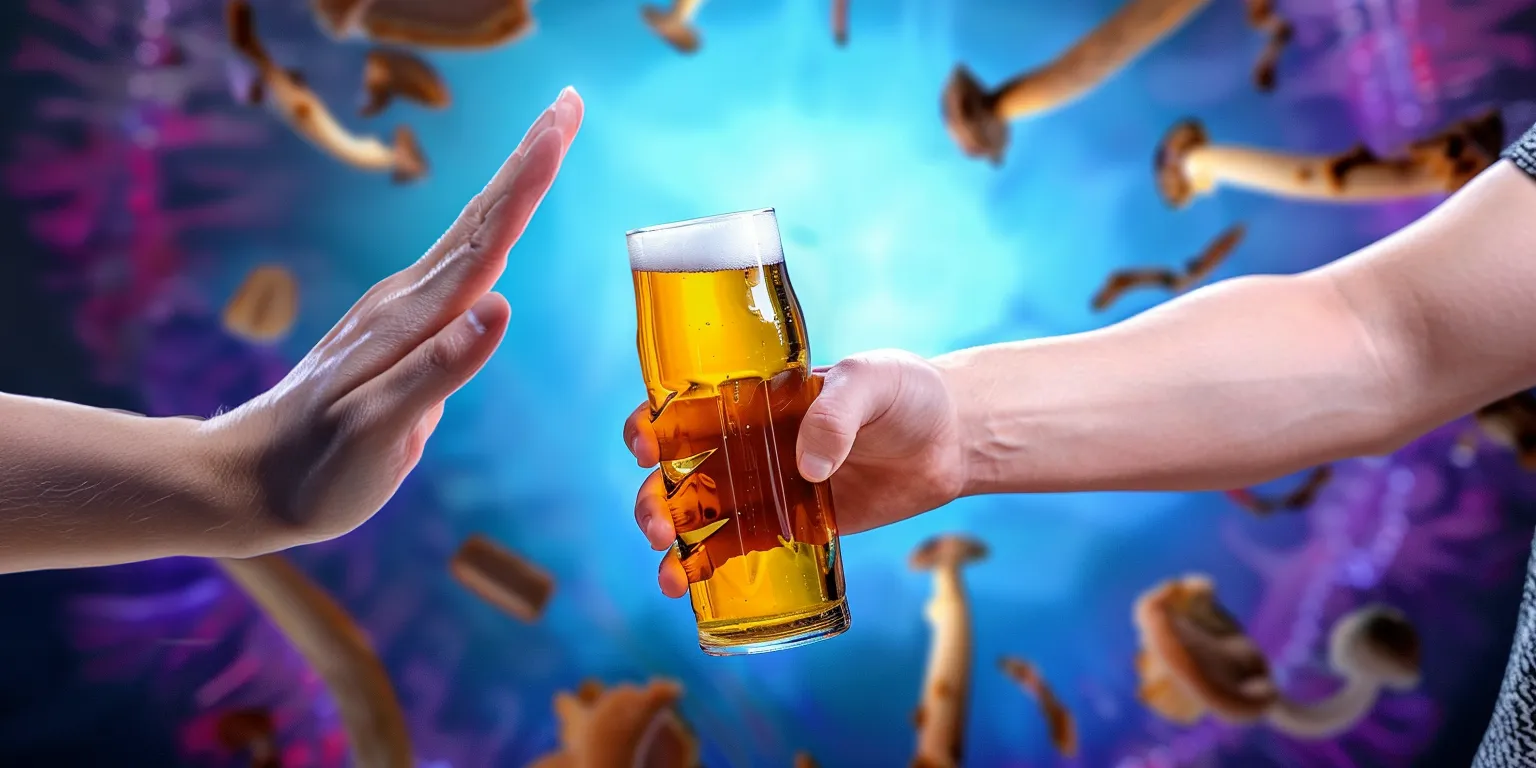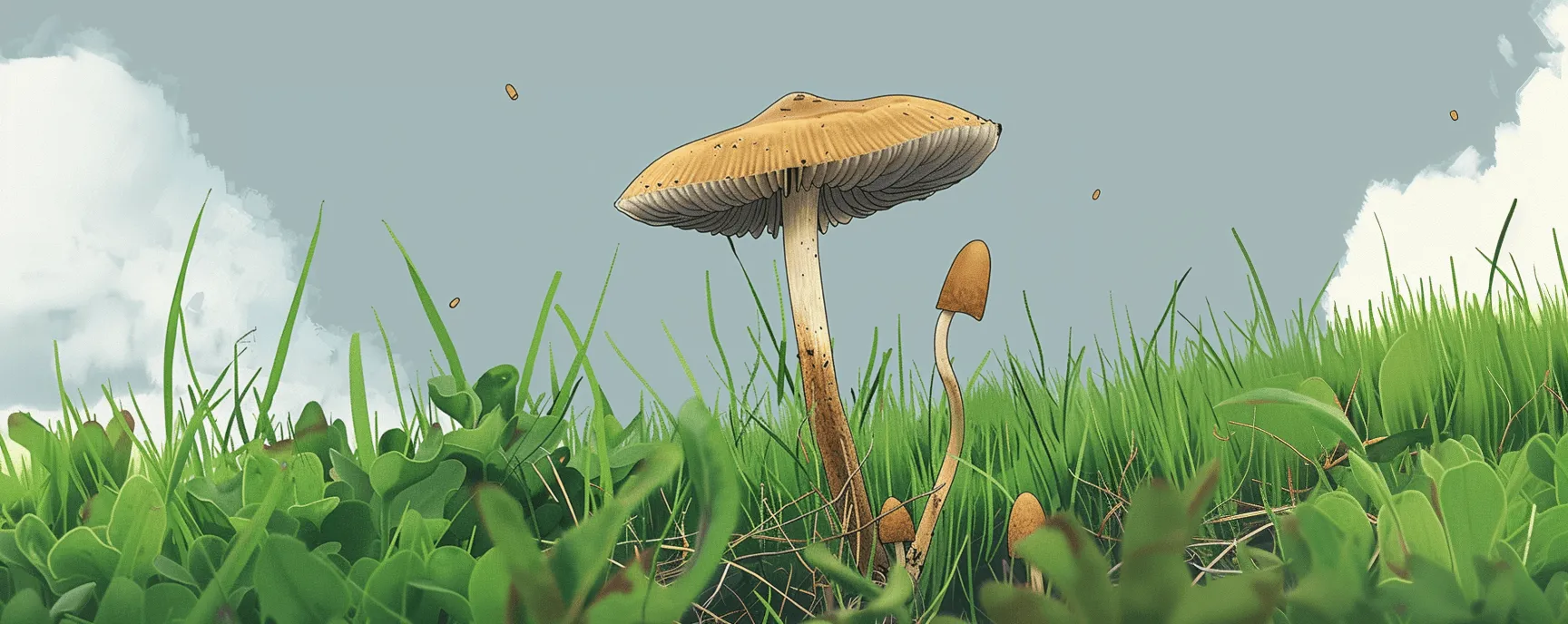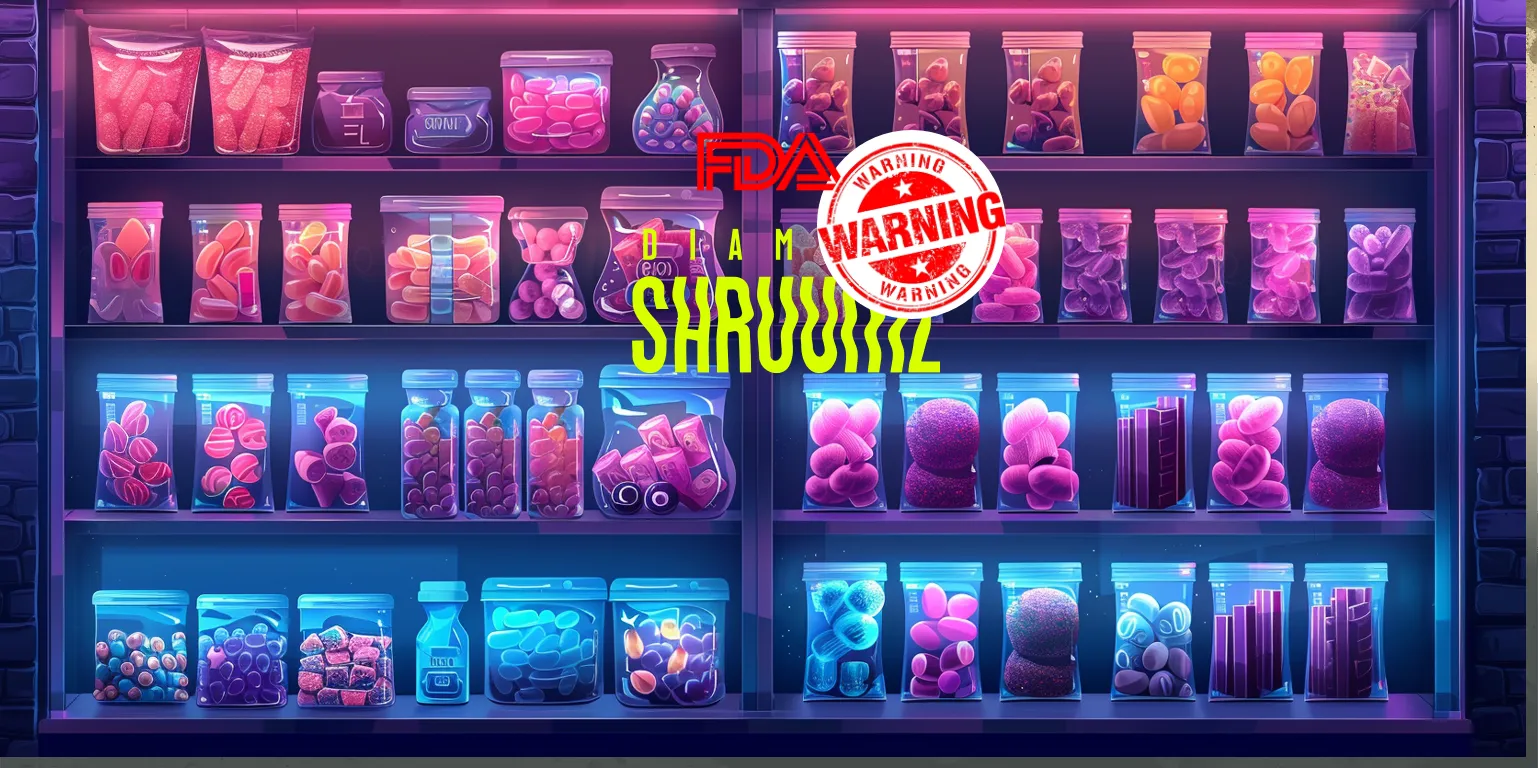On a balmy day under the beating sun of the Levant, two unlikely groups sit huddled together in preparation for an ayahuasca ceremony. On one side, a group of Israeli men and women. On the other, their Palestinian counterparts. We may think that a gathering like this sounds strange, but why should it? Psychedelics have often been used to forge connections. How (and why) were these two seemingly disparate groups brought together by ayahuasca, and what are the implications of such an event for building strong, lasting cross-cultural exchanges and tripping away from war?
In parts one and two of our series on the history of psychedelics in the military, we explored how psychedelics were used for shady government mind control programs like MK-Ultra, before being adopted by some soldiers as tools of inner peace and healing from PTSD. Now, we sit down for a conversation with Dr. Leor Roseman, an Associate Researcher at the Centre for Psychedelic Research, Imperial College London, to gain insights into his recent study, Relational Processes in Ayahuasca Groups of Palestinians and Israelis, published in Frontiers in Pharmacology.(1)
A Profound Lesson in Empathy For Those in Conflict
The study aimed to understand how ayahuasca impacts both internal and external dynamics. Dr. Roseman explained, “We studied the processes of group harmony and how they [psychedelics] help people in the long-term with well-being, social connectedness, and stuff like this. The underlying idea here is that in moving into the social realm, we perceive much of the illness in society is partly due to individualism.”
Dr. Roseman’s research focused on understanding the role of psychedelics in building cross-cultural relations. It also sought to uncover the influence of social isolation, cultural divides, and oppression on conflicts. He clarified that the study did not aim specifically at peace-building, but rather sought to highlight how psychedelics can contribute to intercultural understanding.
One of the initial findings from the study was the experience of union reported by many participants. Dr. Roseman shared that they “found that these rituals have a high emotional intensity, where they aim for this kind of oneness or identity dissolution. You know, this kind of collective spirit, or awakening. We saw a breakdown of barriers between people and development of human-to-human connections that go beyond identities, such as Israeli or Palestinian, and beyond Jewish and Arab distinctions.”
Keep Up with Uncensored Psychedelic Trends
Join our newsletter at Psychedelics Uncensored.
We respect and protect your privacy. By subscribing your info will be subject to our privacy policy . Unsubscribe easily at any time
“There is real big inequality in reality. So, how do you learn to work towards equality, liberation, and so on?
These findings mark a significant breakthrough in ayahuasca research, showcasing the potential of psychedelics. However, Dr. Roseman cautioned that along with their positive effects on group thinking and intercultural relations, psychedelics may also have unintended and underreported consequences. Many users may enter what Dr. Roseman calls an “action bubble,” where they isolate themselves, considering the elimination of biases as sufficient progress. This self-induced bubble can hinder further activism or efforts towards change.
Dr. Roseman believes that this process is just the starting point for reconciliation. He explained that, “It shouldn’t be the endpoint because when you look at peace research, you see this pattern, especially when the conflicts are asymmetrical. You see these groups that only focus on harmony and friendship without engaging in the actual conflict, right? So much of the focus is only on harmony that it’s like creating a small bubble of a group that is just friends, and they dissolve their [cultural] identities. But then, when they go back to reality, this changes. They can no longer engage in activism because they create strong friendships that dissolve anger-like resistance.”
Dr. Roseman’s research also revealed that ayahuasca enabled participants to empathize with outgroups’ trauma on a generational level. He explained, “There is real big inequality in reality. So, how do you learn to work towards equality, liberation, and so on? And so the third process, the relational process we observe, was related to collective traumas, intergenerational traumas, or experiencing the trauma of the ‘other’ (also known as an outgroup).”
Despite the potential drawbacks, Dr. Roseman sees this work as a starting point for change. Psychedelics offer the potential to occasion real empathy. In a stunning illustration, Dr. Roseman shared the story of a former Israeli soldier who participated in an ayahuasca ceremony. Through the experience, the soldier was able to see his past actions from the perspective of the Palestinians in his group, experiencing the trauma he inflicted upon them. With the help of his peers within the ayahuasca community, and ceremony guides, he integrated these insights into his personal growth.
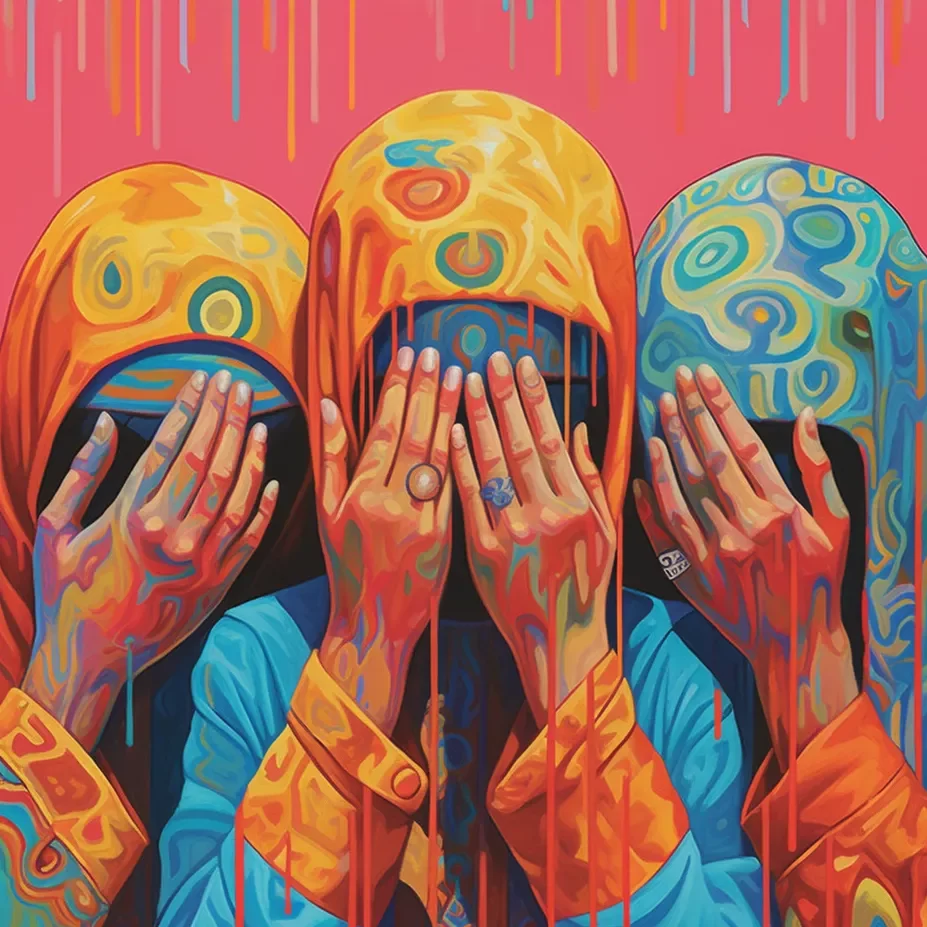
Dr. Roseman’s relays the story of the aforementioned Israeli participant:
“One striking example was the Israeli guy who had a flashback to his service as a soldier. What triggered him was a group of five Palestinians in the ceremony crying. Really, really crying. When he heard them crying, he could feel their pain and the pain of the Palestinian people. And then he got a flashback to his army service, [when he] made a casual house arrest. So he sees himself wearing a ski mask, holding a gun, bursting into a Palestinian home, taking their son out, and putting him in a jeep. Something that, to him at the time, was a frequent event. So then he sees a cut in the scene, and sees the whole thing again from the side of the Palestinian family. So he is now sitting in the Palestinian home. It’s Friday evening, they’re watching TV, laughing, and their grandchildren are playing with toys. There’s a lively atmosphere at home, and then a group of soldiers burst in with those ski masks, and he kind of sees himself from the side, holding the gun. It was that experience that he could hold onto and integrate.”
Keep Up with Psychedelic Trends
Get uncensored psychedelic news, events, and updates. Join Psychedelics Uncensored!
We respect and protect your privacy. By subscribing your info will be subject to our privacy policy . Unsubscribe easily at any time
This sort of experience goes beyond something that’s simply interesting, and falls into the realm of the extraordinary. Under the effects of ayahuasca an individual was able to experience the shared pain of an entire community. Not only that, but he was able to empathize with them and feel that pain from their perspective, while also understanding his part is causing it.

The ability to perceive trauma from the viewpoint of an outgroup holds intriguing–and powerful–implications for conflict resolution. However, Dr. Roseman emphasized that it requires individuals to have an open mind and a supportive community. The community aspect plays a critical role in the integration and retention of profound psychedelic experiences.
“It can be hard to be alone with your new understanding,” Dr. Roseman reflected. “So community, as it relates to integration, is very important. That’s because this process of shattering your old identity and prejudices can be painful. Without psychological support, this kind of transformative thinking would be hard to hold onto. When left alone, you’ll start rebuilding your previous slate identity. Having a supportive community can ease this. A sense of community can allow you to expand on your new insights, and begin trying to change the world based on those new beliefs, while feeling supported.”
Could Psychedelics Help End Conflict?
Considering all the information gathered from Dr. Roseman and his colleagues’ study, the question arises: Do psychedelics have a place in conflict resolution and peace-building? Dr. Roseman believes there is certainly potential, but with some important considerations. He emphasized the significance of psychedelics as facilitators of cross-cultural exchange and the sharing of experiences with outgroups. (Again, the purpose of the original study was not to examine ayahuasca’s effects on peacemaking.)
“With psychedelics, you can frame programs and processes with a bit more political angle, and then you can be more engaged with the implications of their experiences and how those align with the need for change. You know, in actions and the relationship between healing in action, you can work with frameworks that allow more change in reality,” explained Dr. Roseman. “So liberation psychology is like this framework for psychological therapy, right? You can take that and create a different perspective about ideas from activism, conflict resolution, and peace that engage in asymmetries and inequalities.”
Psychedelics possess tremendous potential as tools for self-exploration and personal growth. However, using them for positive change requires intentional and objective methods that extend beyond the boundaries of ceremony and into the real world. Dr. Roseman offered suggestions for individuals interested in cross-cultural psychedelic experiences to utilize them as catalysts for both internal and external transformation.
“Before they [potential ceremony participants] go through an experience like this, they might need to start engaging with bridge-building processes to connect to other communities. So that meeting the other will not be an immediate shock under the effects of the psychedelics,” advised Dr. Roseman. “They can learn about this culture, background, and the people’s stories beforehand. They can also try to find people who are already open to the other culture from their background and build relationships with them. So once they land back there are already some people they can speak with and share their experience with.”
A Very Groovy Future
Looking ahead, humanity’s relationship with psychedelics holds immense promise. As researchers continue to uncover more about these compounds, there is a growing possibility of developing new treatments for conditions such as treatment-resistant depression, PTSD, and substance abuse. Nearly all classical psychedelics, like psilocybin (aka magic mushrooms), LSD, Ayahuasca, 5-MEO-DMT, and others like MDMA and ketamine, are being studied for mental health conditions.(1, 2)
Moreover, the ability of psychedelics to facilitate empathy, understanding, and the dismantling of prejudices presents a unique opportunity for conflict resolution. By enabling individuals to experience the trauma and perspectives of other groups, psychedelics may foster compassion and bridge the divide between adversaries. However, as Dr. Roseman shared, it is crucial to have a network that can provide psychological support and facilitate the expansion of new insights into real-world action.
As the field of psychedelic research progresses, the possibilities for utilizing these substances as tools for positive change continues to expand. Dr. Roseman suggests that incorporating psychedelics into cross-cultural exchange programs and using them to challenge stubborn modes of thinking and inequalities can be powerful avenues for promoting understanding and working towards harmony.

While psychedelics were once misused as weapons of war, there is a growing movement to harness their potential as tools of peace, and healing. Dr. Roseman’s research and insights shed light on how psychedelics can foster positive cross-group dynamics, social connectedness, and the dissolution of cultural barriers. With intentional integration and community support, these transformative experiences have the potential to inspire individuals to work towards a more harmonious and equitable world. As we continue tripping away from war, we also take our first steps on a journey towards an altogether groovier future, rooted in empathy, and anchored by understanding.
Sources

1. Roseman, L., Ron, Y., Saca, A., Ginsberg, N., Luan, L., Karkabi, N., Doblin, R., & Carhart-Harris, R. (2021, February 3). Relational processes in ayahuasca groups of Palestinians and Israelis. Frontiers. Retrieved February 28, 2023, from https://www.frontiersin.org/articles/10.3389/fphar.2021.607529/full
2. Gregorio, D. D., Aguilar-Valles, A., Preller, K. H., Heifets, B. D., Hibicke, M., Mitchell, J., & Gobbi, G. (2021). Hallucinogens in Mental Health: Preclinical and Clinical Studies on LSD, Psilocybin, MDMA, and Ketamine. Journal of Neuroscience, 41(5), 891–900. https://doi.org/10.1523/JNEUROSCI.1659-20.2020
This material is not intended as a replacement or substitute for any legal or medical advice. Always consult a medical professional about your health needs. Psychedelics are widely illegal in the United States, and readers should always be informed about local, state, and federal regulations regarding psychedelics or other drugs.
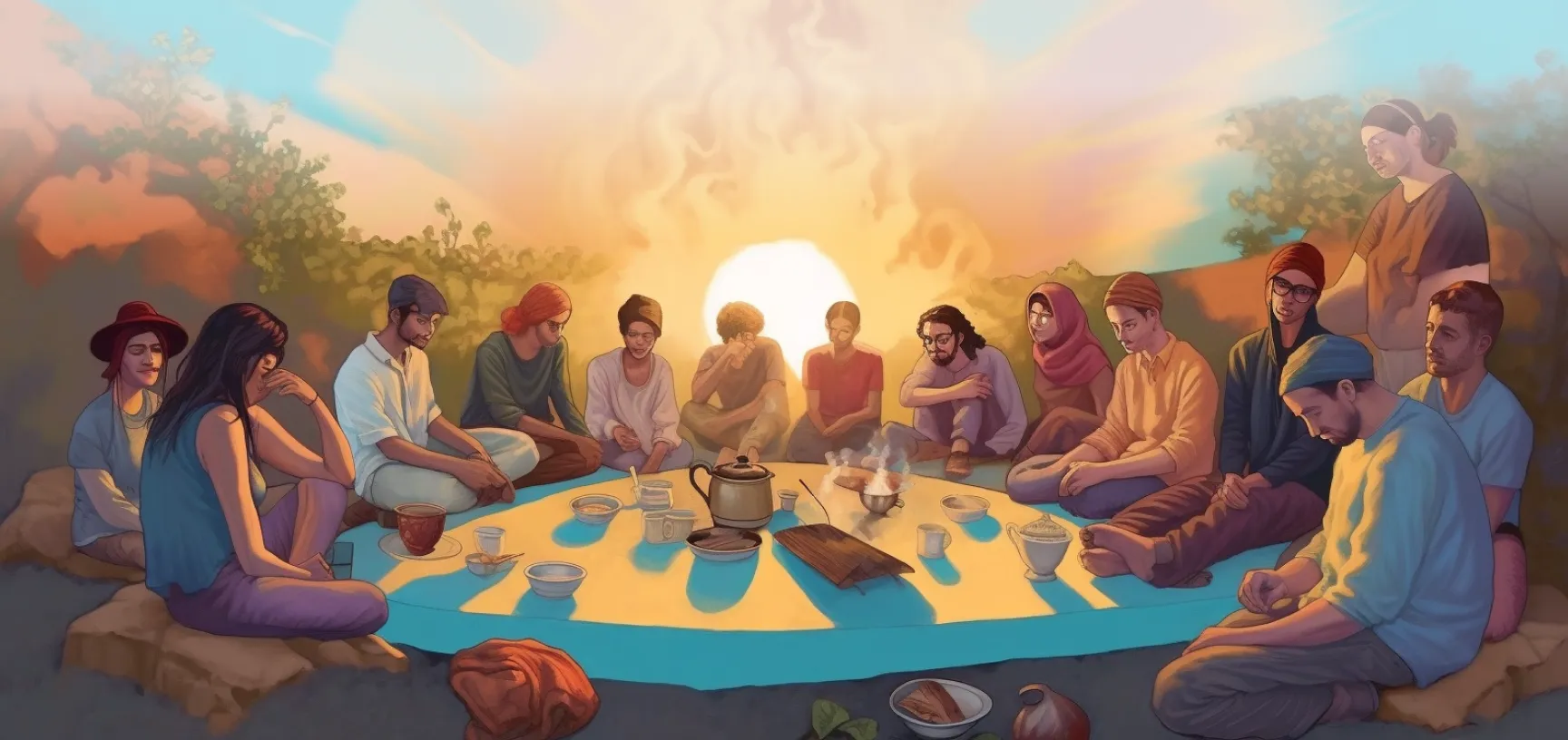
 David Connell
David Connell